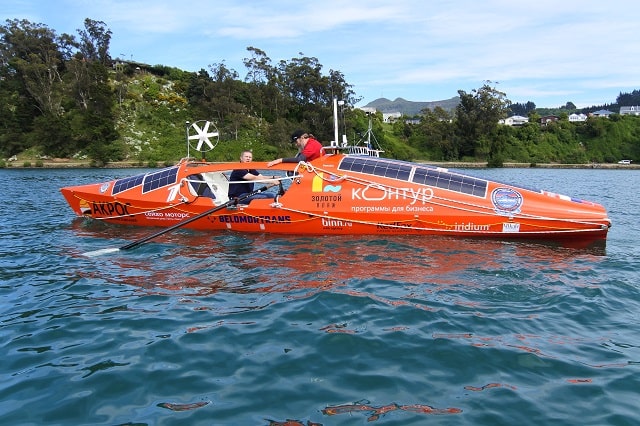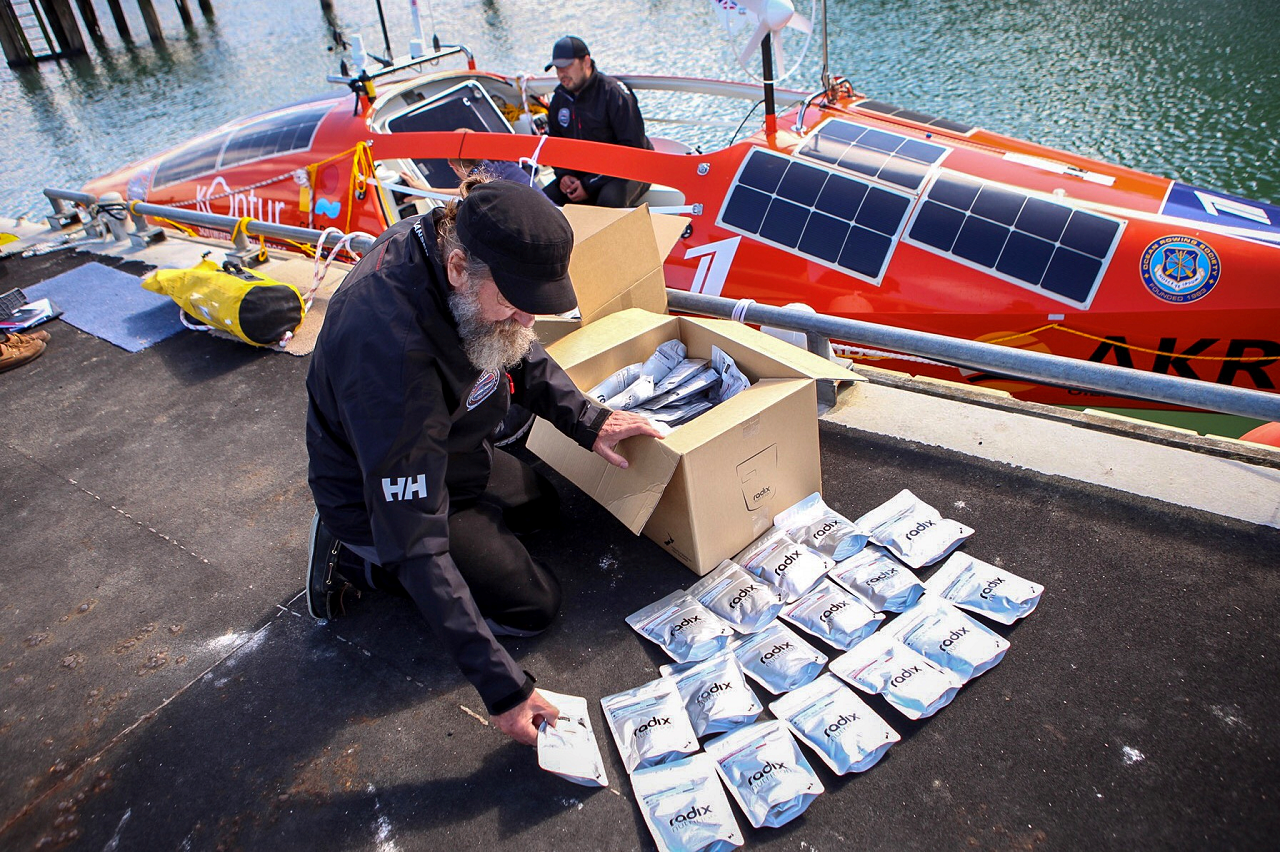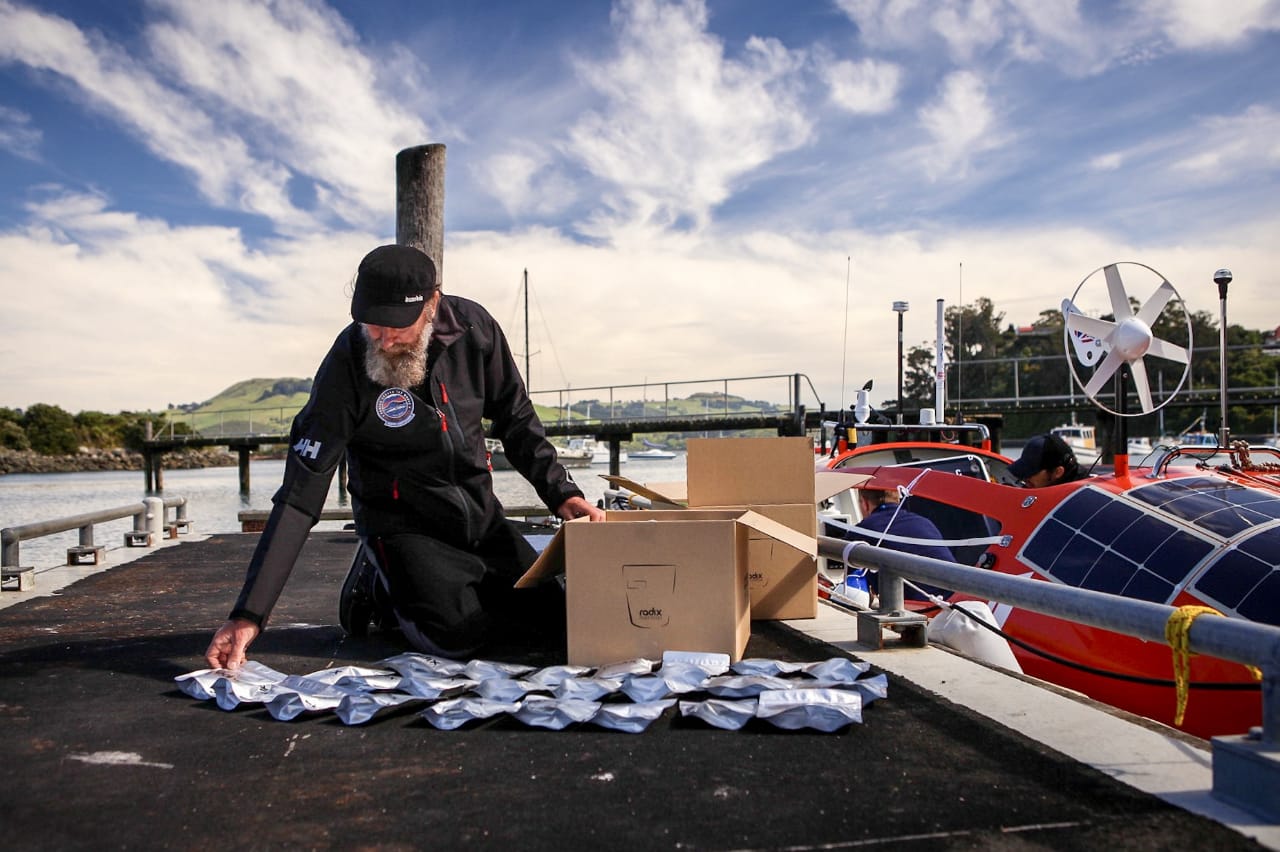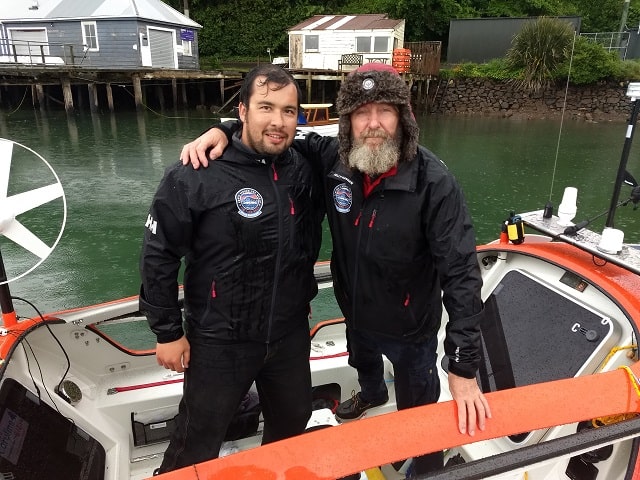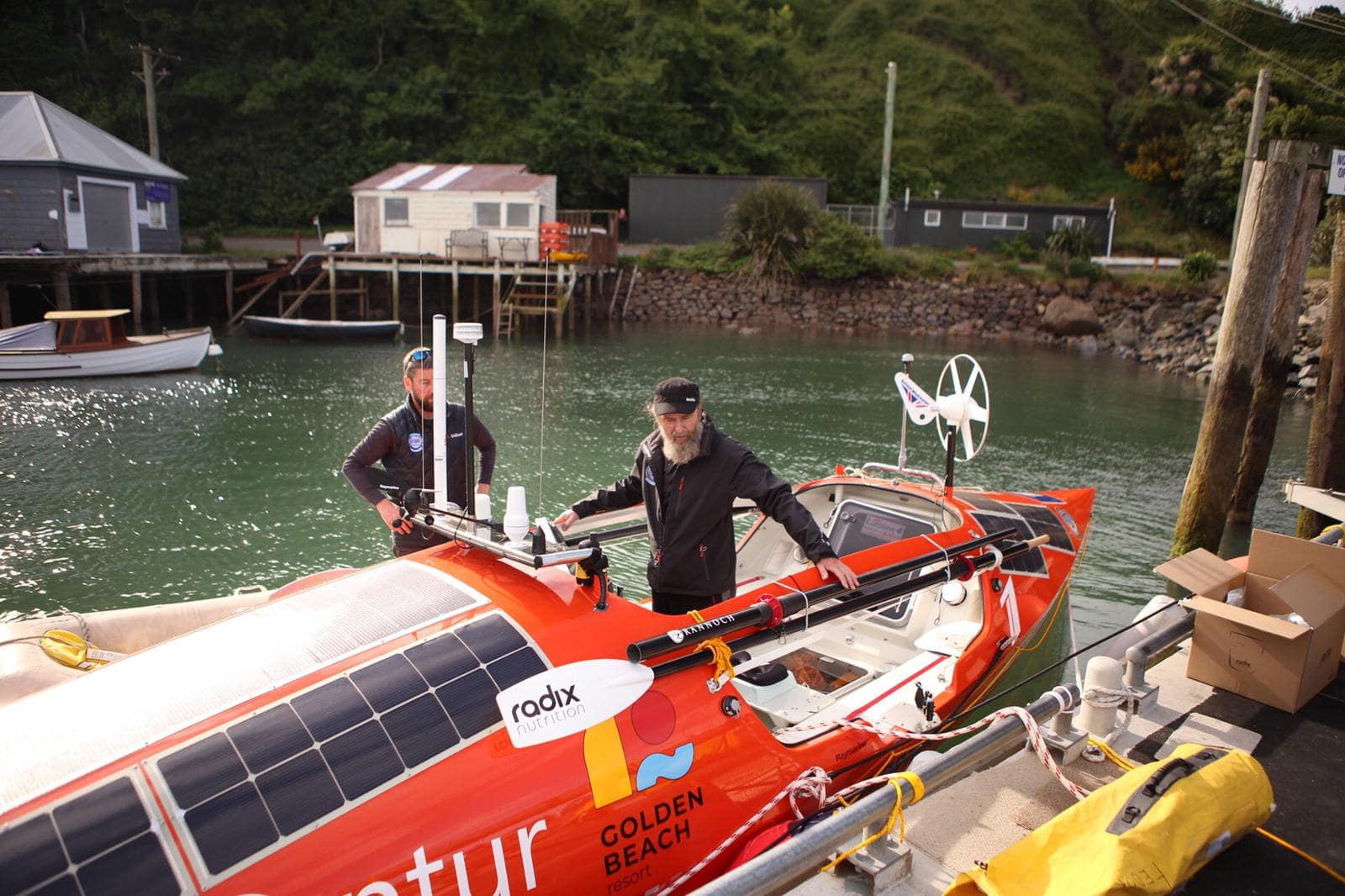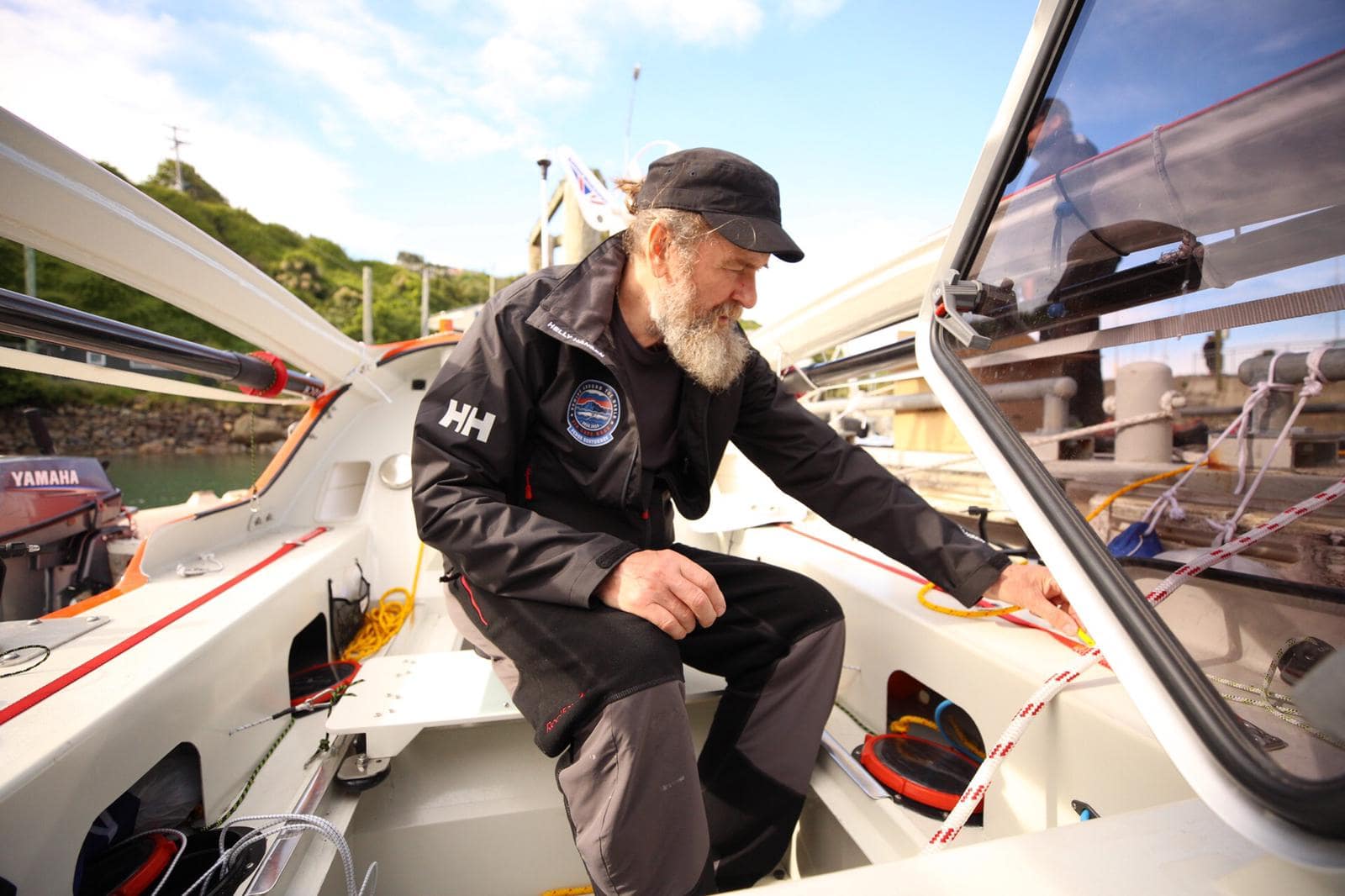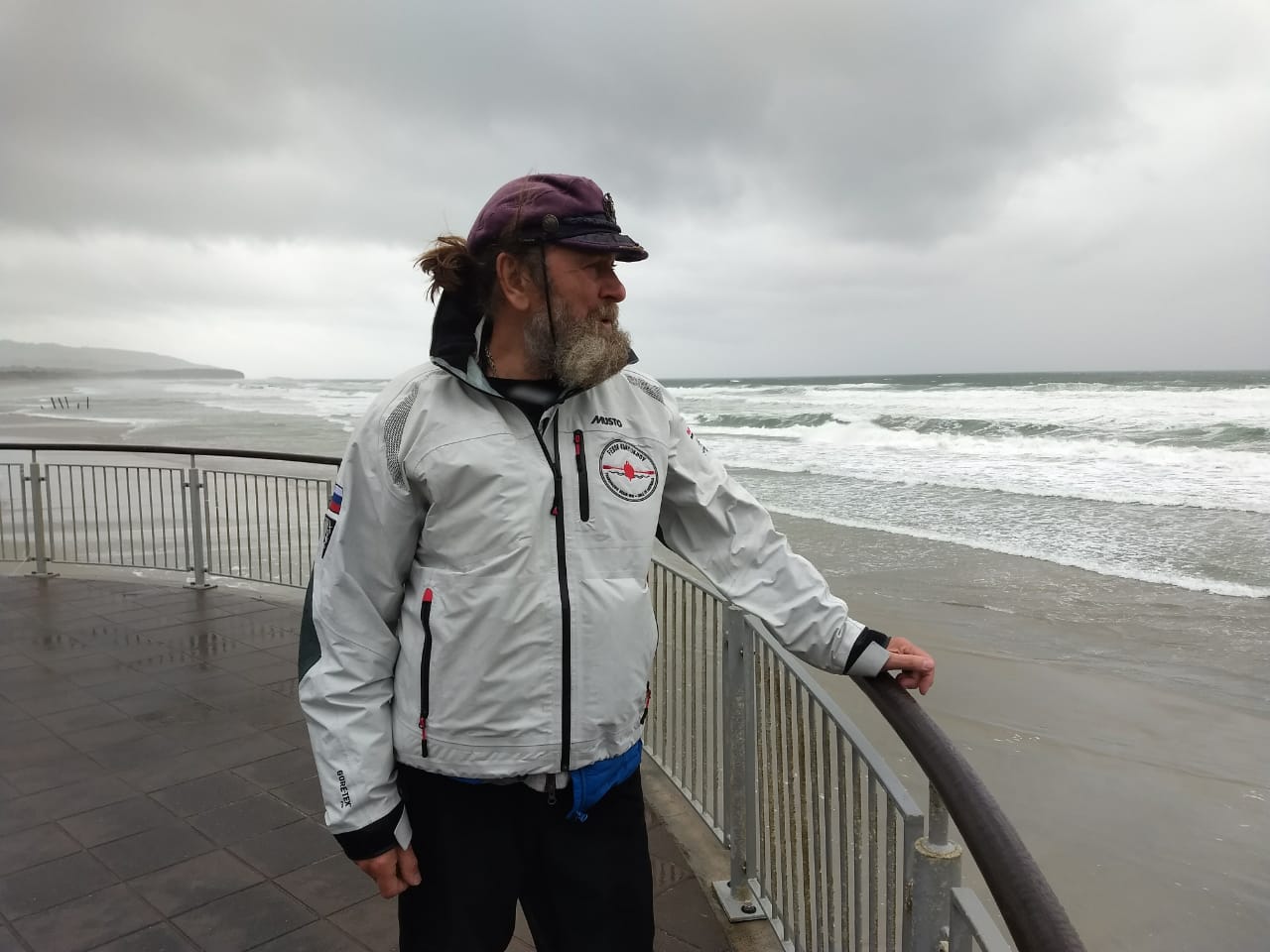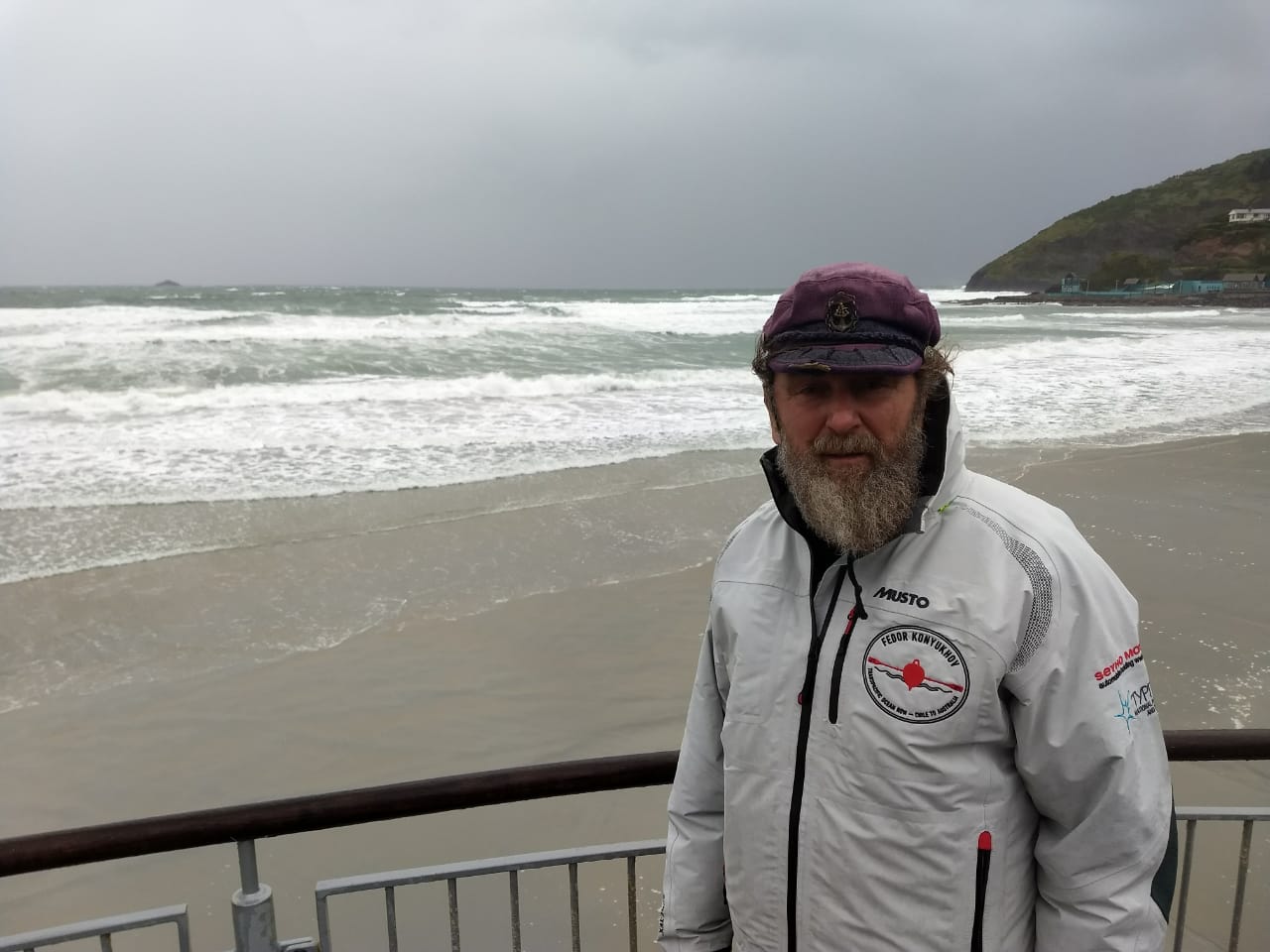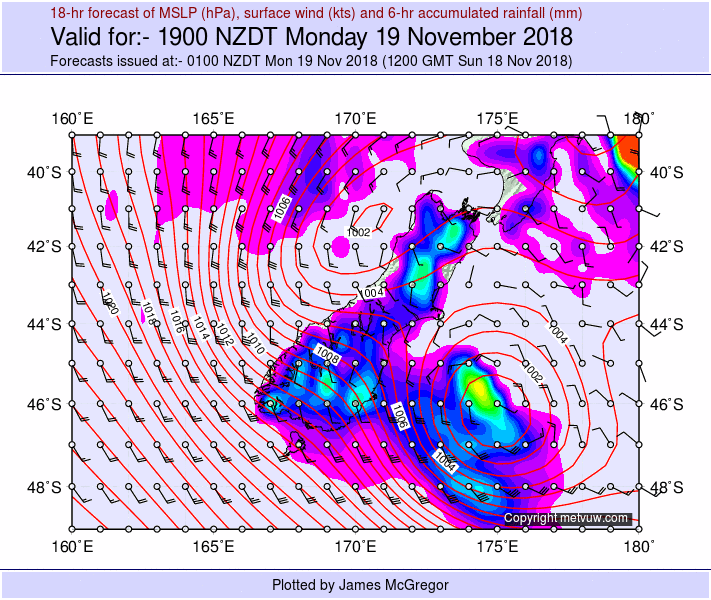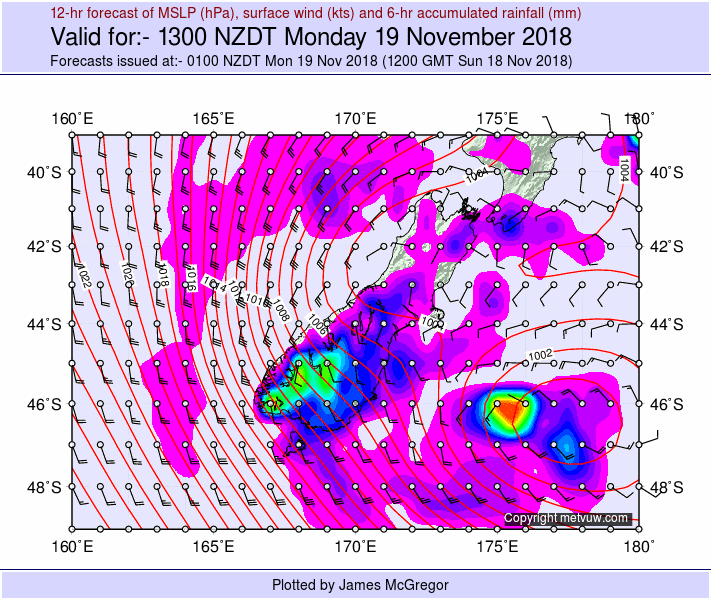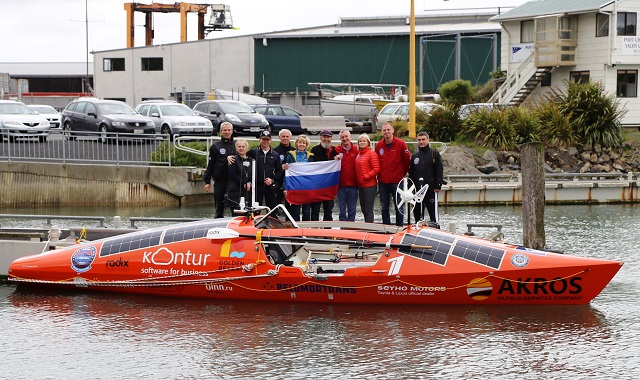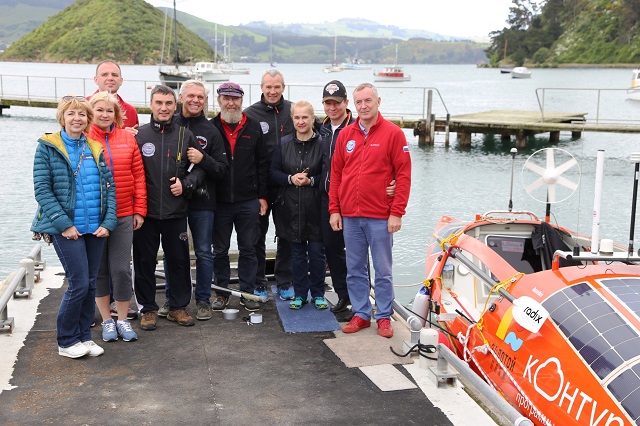Second week in New Zealand. Waiting for the right weather
The second week of preparation of the “AKROS” rowing boat has been completed in Port Chalmers, New Zealand. Simon Chalk, a famous British rower and our manager during the Pacific Ocean rowboat crossing project in 2013-2014, has joined us during this week. Simon could not remain home and stay away from such an event. It was very nice to see our friend and such an experienced rower (Simon has 9 ocean crossings in rowboats: 3 times he crossed the Indian Ocean and 6 times the Atlantic. He is a Guinness book record holder). Simon’s opinion is very important for my project.
Photo: Nick Allen, Radix Nutrition
Surely, everyone was very keen to go out into the bay for trials. Simon worked on the oars. He also checked all the systems and gave us a few tips.
Our partner company Radix delivered a full set of expeditionary food supply to the boat. We now have 120 kg of food for 120 days of the ocean crossing. It amounts to 1 kg of food per day, while the caloric content of the daily set is 5000 calories.
Photo: Nick Allen, Radix Nutrition
Contacts have been established with Maritime New Zealand. The boat has passed an inspection check for compliance with the requirements of a vessel going to the high seas.
Direct contact has been established with the port authorities, as well as with the pilotage service and the coastal service. We are happy to report a very friendly attitude from all the regulatory authorities.
Photo: Nick Allen, Radix Nutrition
Launch preparation takes place under the capable guidance of our New Zealand manager Denis Craddock. It was Denis who suggested that we establish our base and start the expedition from Port Chalmers. He organized contacts with the mayor’s office, acted as an importer of the boat, organized customs clearance of the boat and temporary import, introduced us to Radix, searched for accommodation for the team. Denis is an airline transport pilot flying with Air New Zealand, has more than 10 thousand flying hours and is working with us on another project – “Albatross – around the world flight on the energy of the sun”: http://albatross.solar . He has 60 round-the-world flights as a co-pilot on the route: Auckland – Los Angeles – London – Hong Kong – Auckland.
Today is Monday, November 19, everything is ready for the start, but there is no suitable weather in sight until the end of the week. There is a large storm in the Tasman Sea, and it also captures the southern parts of New Zealand. A cyclone hovers above New Zealand itself. To the east of us, in the Pacific, there are also several low-pressure systems and they spin the wind clockwise, pumping cold winds from the Southern Ocean into our latitudes. Currently for me, this translates into a headwind of 40-45 knots at the starting line. It is impossible to row up against such a wind on a rowboat. We have to wait for an anticyclone, and with it the westerly or northwesterly winds (from Australia), so that the would drive the boat into the Southern Ocean.
The project partners arrived for the start of the project, the entire team assembled. The project partners are all experienced travelers and organisers of various expeditions, they know that choosing the right starting weather window is very important for successful project implementation.
Those of you who followed the round-the-world MORTON balloon flight remember that we arrived in Australia on June 1, while I took off on July 12. We had to wait for almost a month and a half for a suitable weather window. I think it will be a similar story in New Zealand. November is the spring month (analogous of our May in the Northern Hemisphere), summer has not yet come into its full force. Moreover, this year anomalous weather patterns are seen all over the planet. The locals say that steady, warm winds from the north usually prevail at the end of November, but we have not seen them yet.
Fedor Konyukhov. Port Chalmers. New Zealand. November 19, 2018.

